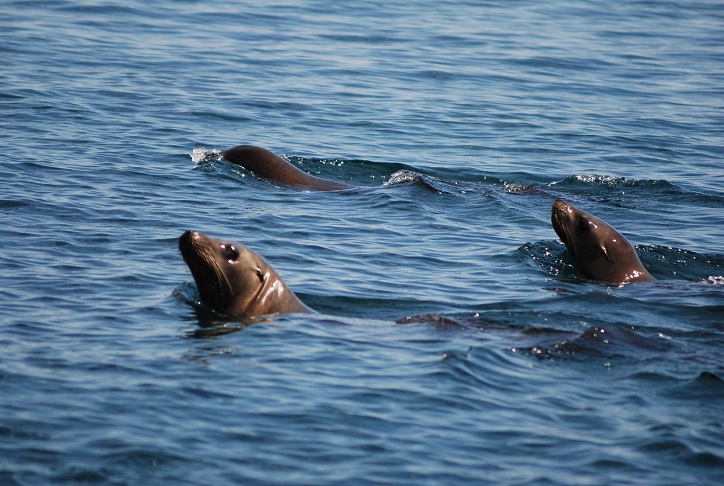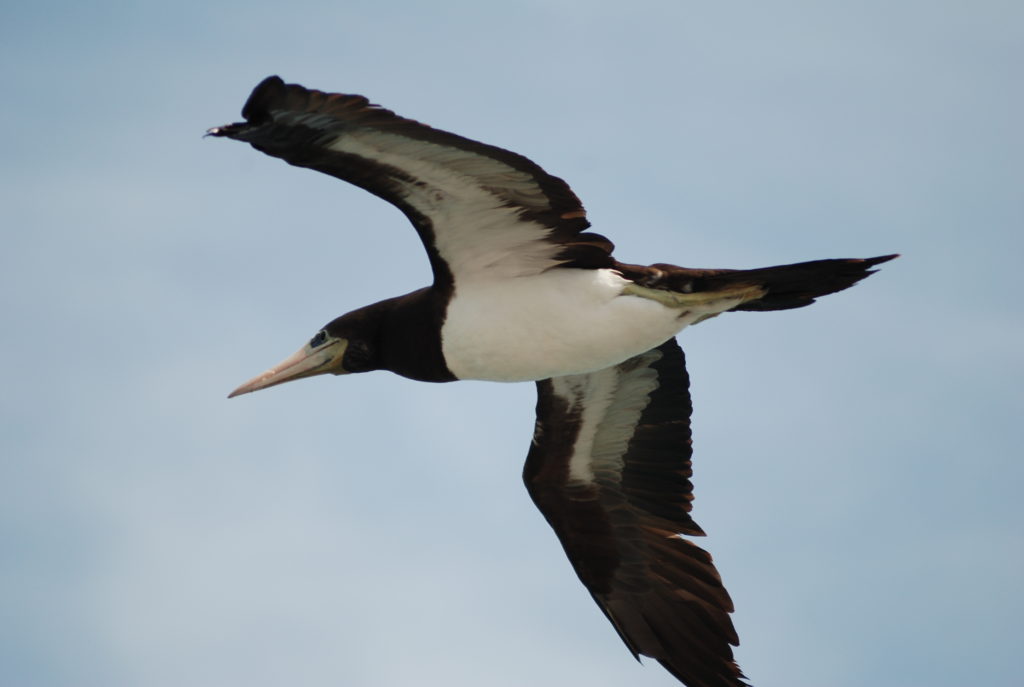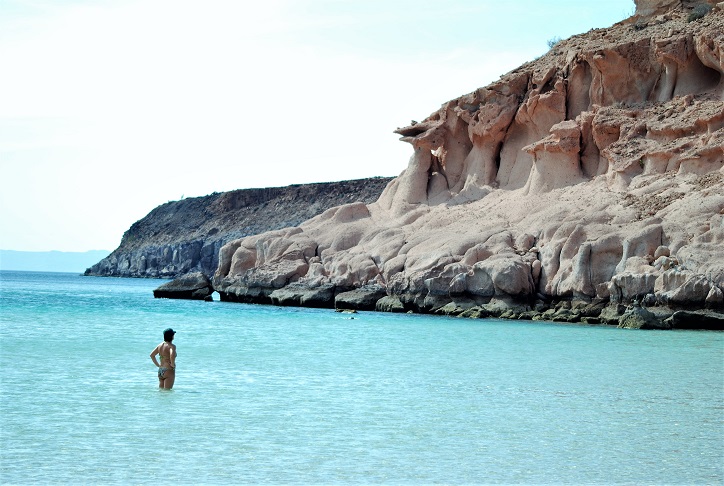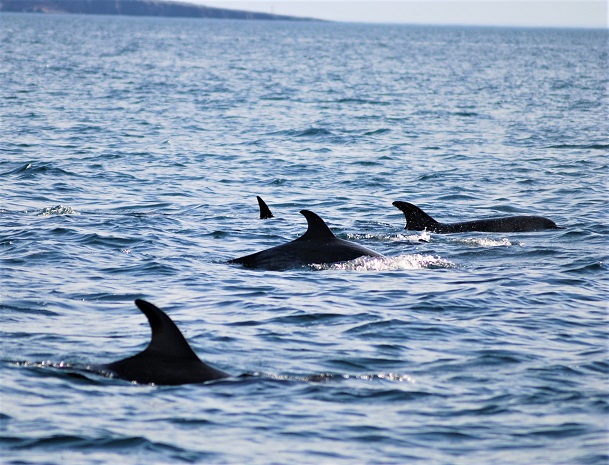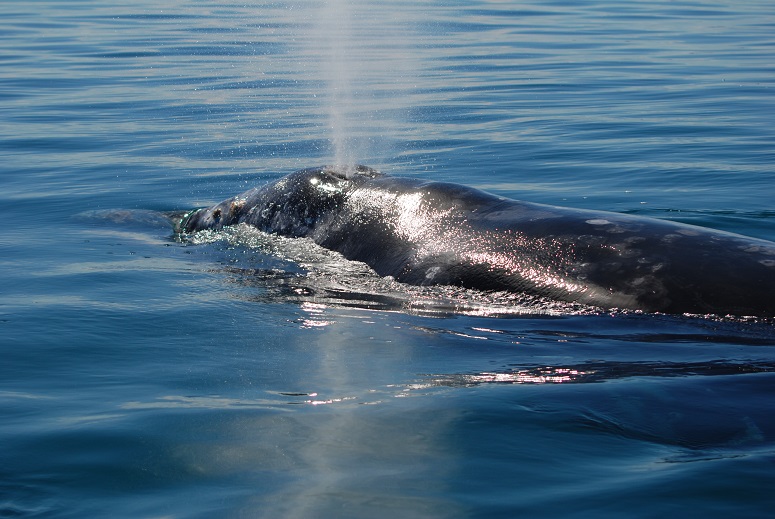
Driving Baja California – Part 13
Updated July 2022
This is part 13 of the “Driving Baja California” series. Click on the Travel menu above for the other parts.
Get off the Beaten Path
I have travelled all over the beautiful country of Mexico and experienced many delightful sights, delicious food, cultural experiences and wonders of nature that tourists to Mexico never see. Most tourists visit only the famous resorts of the Mayan Riviera, Cabo San Lucas and a few other places. To see what Mexico is really like, you need to get off the tourist path and explore some of the things this amazing country has to offer.
One of my best experiences in Mexico was my trip to the Monarch Butterfly Sanctuary in the central mountains. Another great trip was my time in the Sea of Cortez.
The legendary underwater explorer, Jacque Cousteau, described the Gulf of California (or the Sea of Cortez as it is known in Mexico) as “the world’s aquarium” and “the Galapagos of North America”.
La Paz
There are many places along the gulf to embark on a tour. I chose the town of La Paz on the southern Baja California peninsula, about 150 km north of Cabo San Lucus. If you own your boat, you can base yourself in Yuma, Arizona for the winter and keep your boat at a marina at the north end of the gulf. I liked the idea of starting from La Paz, as some very lovely islands are nearby, and it is close to the open ocean at the southern end of the gulf.
It can be very windy in the gulf from the beginning of November until the end of February. The resulting huge waves make it almost impossible for small boats to go out. Fortunately, there are many enjoyable things to do in the town of La Paz if you have to wait a few days for better weather. It would be advisable to allow extra days for this possibility. I suggest planning for a few days in La Paz in any case. There are great restaurants and a carnival if you are there in February. Check out my posts about La Paz.
Driving Baja California part eight: https://mythatchedhut.com/la-paz-malecon-sunset/
Driving Baja California part 12, the Carnaval: https://mythatchedhut.com/carnaval-la-paz-baja-california/
Whale Sharks
The first thing we saw was a Whale Shark. What a thrill! The Whale Shark is the largest fish in the world and can grow to a length of more than 12 metres (40 feet). They are almost as big as the Grey Whales that inhabit these waters. Although it is a member of the shark family, these fish are harmless to humans or other mammals.
Whale Sharks eat only plankton and other tiny sea creatures such as sardines. They feed like a whale. They swallow huge amounts of water and then force it out through their gills, where it is filtered, leaving the plankton behind. Whales don’t have gills as they are mammals, but they feed similarly, taking in large amounts of water, filtering it for food, and then expelling it. They are called Whale Sharks because of their similarity to whales in size and feeding habits, even though one is a mammal and the other a fish. Whale Sharks inhabit the tropical waters of the world. There are a few Whale Sharks in captivity in Atlanta, Georgia and Japan. Few aquariums in the world are big enough to hold them.
I have seen Whale Sharks on TV, but I never expected to see one of these giant sea creatures in the wild. It swam near the surface for a while, and we had a good look at it. It was truly amazing. A couple of guys jumped in the water to swim with this gentle giant, but I chose to stay in the boat and take photos.
Swim with Sea Lions
Next, we came to a small rocky island with a Sea Lion colony. The boat stopped here so that we could go snorkelling. I put on my fins, mask and snorkel and jumped into the water. Thousands of small fish surrounded me. There were also some bigger and more colourful ones. I could see right to the bottom as the water was very clear. The seals swam around amongst the fish like an underwater ballet. It was like an underwater documentary come to life right before my eyes. It was spectacular.
Gulf of California Birds
Many birds, including Pelicans, Cormorants and Boobies, are on this small rocky island. I saw some Blue-Footed Boobies and some Brown Boobies (photo above). Boobies are sea birds that you will be unlikely to see if you stay on the shore. Ten different species of Boobies inhabit islands in the Pacific from Mexico to Galapagos in South America, including the Red-Footed Booby. The name Booby comes from the Spanish word “bobo”, which means “stupid”, because they are clumsy on land.
Espiritu Santo
Next, we went to an island called Espiritu Santo for lunch. Espiritu Santo is a large island with not much on it except a few small cacti. There is, however, one unique animal living on this island. It is the only place in the world that is home to the Black Jackrabbit. Unfortunately, we didn’t see any of them. The shoreline consists primarily of rocky cliffs, but a few bays have beautiful pristine beaches. We stopped at one of these beaches for lunch. Our meal consisted of Marlin salad on Tostadas, a type of hard, crunchy tortilla.
Dolphins
After a little walk and a swim, we returned to the boat and continued our tour. Next, we saw a group of about ten or more dolphins. It was wonderful to see them jumping out of the water. There are about 40 different species of dolphins. The ones we saw were spotted dolphins.
Whales
On the way back to the mainland, we finished off the day with the sighting of a Grey Whale. It was a wonderful day and an experience of a lifetime.
On your next trip to Mexico, get away from the tourist resorts and see some of the fantastic sights and experiences Mexico offers.
Driving Baja California Part 14
Lovely Loretta. Click here for Driving Baja California part 14

